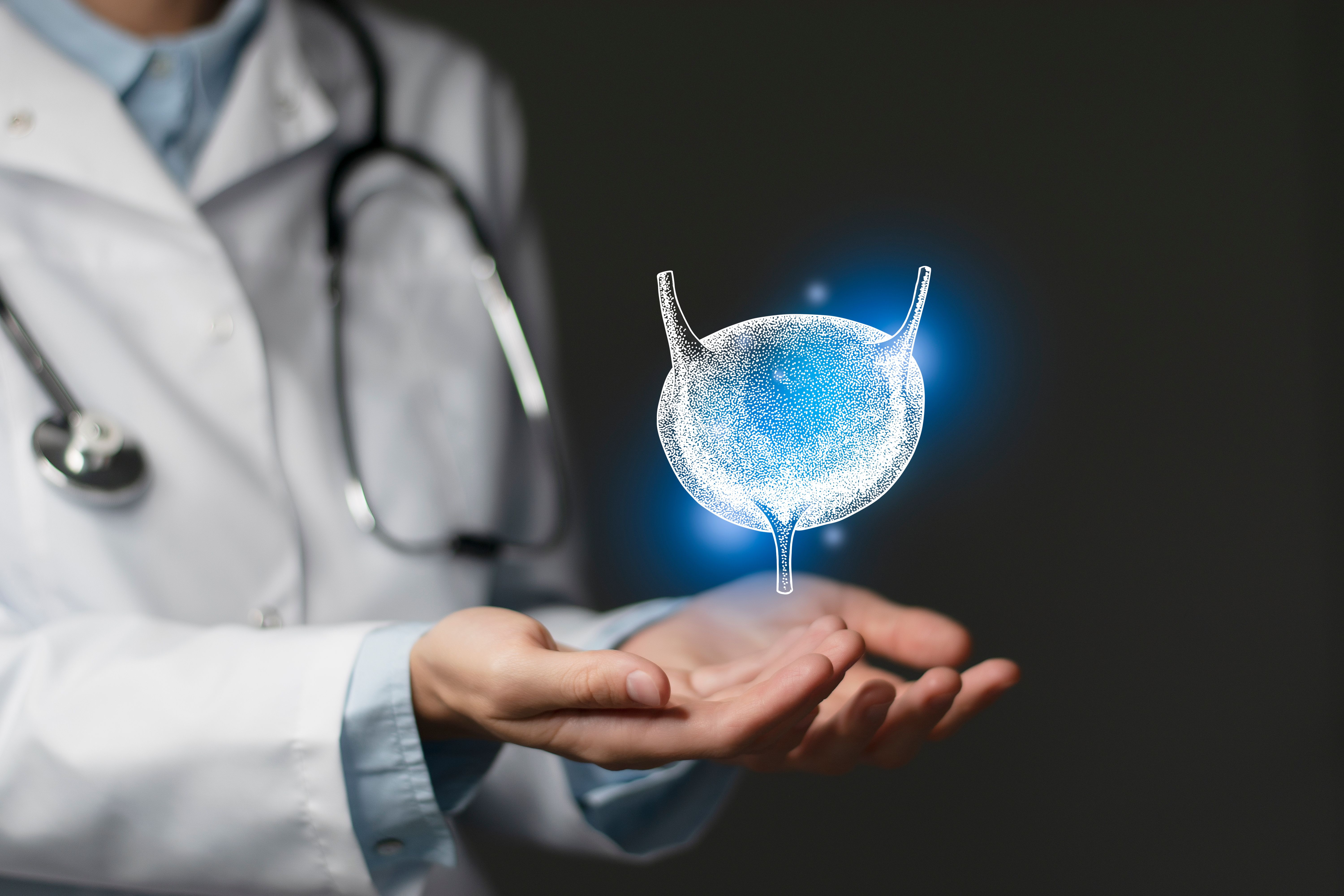For patients with recurrent low-grade intermediate-risk non-muscle-invasive bladder cancer, treatment with the novel UGN-102 has shown better responses versus traditional treatment of transurethral resection of bladder tumor (TURBT).
These treatment comparisons were based on the ENVISION study published in The Journal of Urology, which evaluated UGN-102 in patients with recurrent low-grade intermediate-risk non-muscle invasive bladder cancer. Although UGN-102 has not been approved by the Food and Drug Administration (FDA), the treatment may have a positive impact on health and quality of life, an expert said.
In the study, 240 patients were treated with UGN-102 and had a 79.6% complete response rate at three months after the first treatment with UGN-102, explained Dr. Sandip Prasad in an email interview with CURE®.
Prasad is a urologist at Atlantic Medical Group in Morristown, New Jersey.
CURE® spoke with Prasad to discuss the effectiveness of UGN-102, how it compares with standard of care, what patients should know regarding side effects and the treatment’s potential.
Glossary:
Transurethral resection of bladder tumor (TURBT): a surgery that removes bladder tumors.
UGN-102: a non-surgical intervention in a gel form to help treat low-grade intermediate-risk non-muscle-invasive bladder cancer.
Complete response rate: percentage of patients who show no signs or symptoms of cancer after receiving treatment.
Fulguration: a type of treatment that utilizes electrical currents to destroy cancer cells.
Cystoscopy: a procedure where a doctor examines the lining of the bladder and the urethra, the tube that carries out urine.
CURE®: What does this research mean for patients with recurrent low-grade intermediate-risk non-muscle-invasive bladder cancer and how might it affect their treatment options?
Prasad: Currently, there are no other options for these patients for primary treatment other than TURBT or office fulguration. Both of these involve cystoscopy and can result in associated complications with this procedure. If UGN-102 is approved [by the FDA], it would serve as a primary non-surgical option for these highly recurrent patients.
What are some traditional treatments specifically for patients with non-muscle-invasive bladder cancer?
Traditional treatments include TURBT (performed under anesthesia and with discontinuation of blood thinners) or office fulguration, which can be uncomfortable for patients and may not completely destroy the tumor. Both of these often have the associated side effects seen with cystoscopy, including [urinary tract infection (UTI)], hematuria (blood in urine) and dysuria (pain while urination). For intermediate-risk patients, follow-up adjuvant treatment may also include intravesical chemotherapy (or less commonly, intravesical immunotherapy).
How do these traditional treatments compare or contrast with UGN-102?
UGN-102 does not require cystoscopy, anesthesia or discontinuation of blood products. The chemoablative gel is instilled via a urethral catheter, which can be performed in minutes in the office. The catheter is then removed and patients can go home.
READ MORE: UGN-102 Shows Promising Treatment Responses in Recurrent Bladder Cancer
What are some of the side effects associated with UGN-102?
The side effects seen in the three phase 2/3 studies with UGN-102 were those commonly seen with all intravesical treatments and include hematuria, dysuria, UTI and urinary frequency or urgency. The vast majority were mild to moderate, with only two severe treatment-related side effects noted, which were urinary retention and urethral stenosis (narrowing of the urethra), both of which resolved.
Is there anything patients can do to help mitigate or manage some of these side effects on their own?
We encourage hydration as one of the advantages of the reverse thermal gel mechanism of UGN-102 is that it is not excreted with the first void like aqueous intravesical chemotherapy. Patients can also pre-treat with over-the-counter medications to help with mild irritative symptoms but these are typically mild, if present.
What advice would you offer to this patient population regarding treatment with UGN-102?
UGN-102 is not an approved agent yet, so outside of clinical trials, is unavailable at this time. The new drug application for UGN-102 was accepted by the FDA and a PDUFA target action date was set for June 2025. If approved, UGN-102 would be an additional tool in the armamentarium of the urologist in the treatment of this recurrent cancer which can impact health and quality of life.
Transcript was edited for clarity and conciseness.
Reference:
“Primary Chemoablation of Recurrent Low-Grade Intermediate-Risk Nonmuscle-Invasive Bladder Cancer With UGN-102: A Single-Arm, Open-Label, Phase 3 Trial (ENVISION)” by Dr. Sandip M. Prasad, et al., The Journal of Urology.
For more news on cancer updates, research and education, don’t forget to subscribe to CURE®’s newsletters here.





